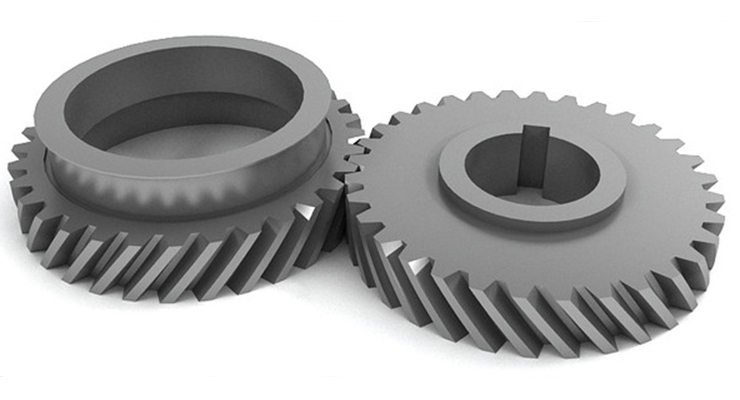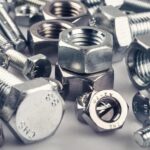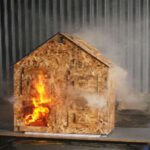Classification of gears can be done according to relative position of the axes of revolution into three types. They are:
1. Gears for Parallel shafts
1.1 Spur Gears
1.2 Helical Gears
1.3 Herringbone Gears
1.4 Rack and Pinion
2. Gears for Intersecting Shafts
2.1 Straight Bevel Gears
2.2 Spiral Bevel Gears
3. Gears for Skew Shafts
3.1 Hypoid Gears
3.2 Worm Gears
Classification about these types of gears discussed below.
1. Gears for Parallel Shafts:
The motion between parallel shafts is same as to the rolling of two cylinders. Gears under this category are the following:
Straight Spur gears are the simplest form of gears having teeth parallel to the gear axis. The contact of two teeth takes place over the entire width along a line parallel to the axes of rotation. As gear rotate , the line of contact goes on shifting parallel to the shaft.
In helical gear teeth are part of helix instead of straight across the gear parallel to the axis. The mating gears will have same helix angle but in opposite direction for proper mating. As the gear rotates, the contact shifts along the line of contact in in volute helicoid across the teeth.

1.3. Herringbone Gears:
Herringbone gears are also known as Double Helical Gears. Herringbone gears are made of two helical gears with opposite helix angles, which can be up to 45 degrees.
1.4. Rack and Pinion:
In these gears the spur rack can be considered to be spur gear of infinite pitch radius with its axis of rotation placed at infinity parallel to that of pinion. The pinion rotates while the rack translates.

2. Gears for Intersecting Shafts:
The motion between two intersecting shafts is equivalent to the rolling of two cones. The gears used for intersecting shafts are called bevel gears. Gears under this category are following:
Straight bevel gears are provided with straight teeth, radial to the point of intersection of the shaft axes and vary in cross section through the length inside generator of the cone. Straight Bevel Gears can be seen as modified version of straight spur gears in which teeth are made in conical direction instead of parallel to axis.

Bevel gears are made with their teeth are inclined at an angle to face of the bevel. Spiral gears are also known as helical bevels.
3. Gears for Skew Shafts:
The following gears are used to join two non-parallel and non-intersecting shafts.
The Hypoid Gears are made of the frusta of hyperboloids of revolution. Two matching hypoid gears are made by revolving the same line of contact, these gears are not interchangeable.
3.2 Worm Gears:
The Worm Gears are used to connect skewed shafts, but not necessarily at right angles. Teeth on worm gear are cut continuously like the threads on a screw. The gear meshing with the worm gear is known as worm wheel and combination is known as worm and worm wheel.



